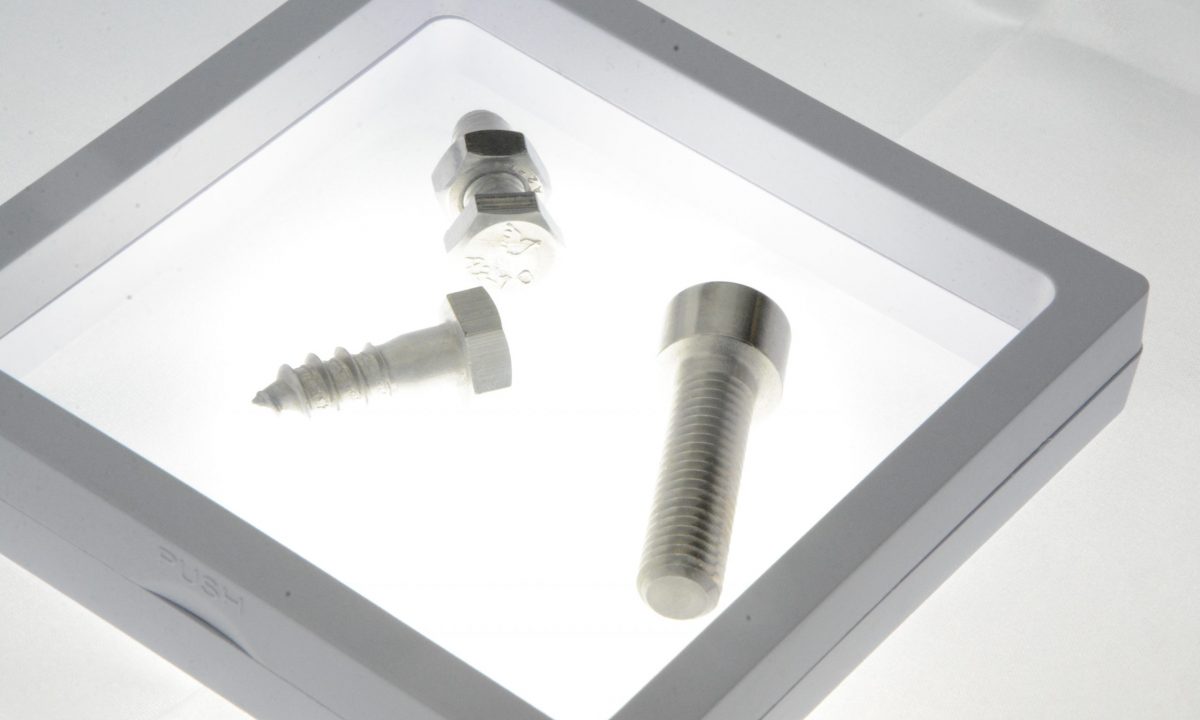Blog

A2-70 and A4-70 strength tests
Do you have special strength requirements for your fasteners (A2-70; A4-70)?
We procure, test and verify fasteners in all strengths.
How is fastener strength verified and checked?
Many applications in which fasteners are used have certain safety requirements or are a highly critical aspect of assembled components. For this reason, bolts, nuts and washers are subject to special strength requirements.
We offer preliminary strength testing to ensure that your fasteners can withstand even the most adverse conditions. What’s so special about this is that we can offer testing and confirmation for even the smallest, minimum quantities, and we are also DIN EN ISO 9120 certified to meet your requirements in the aerospace industry!
How are the tests conducted?
Over time, we have become increasingly specialized and have continued to refine and optimize the testing process. We now put parts through their paces every day with our Vickers testing device and breakaway torque testing. These two processes are different and depend on the product and its dimensions.

Vickers testing:
We use our in-house Vickers testing device to test the strength of virtually all fasteners. The parts to be tested are embedded in synthetic resin, which hardens overnight. The parts are then sawn through in the middle and sanded completely smooth at the cut. Then we use the testing device. A diamond-tipped indenter with a square base is pressed into the cross-section of the material, which is then measured optically. In order to meet your requirements in the aerospace industry, we are DIN EN ISO 9120 certified, which is then indicated in the Vickers hardness scale. This in turn can be converted into other values such as N/mm².
Testing with our breakaway torque device:
The second testing method is the breakaway torque test. The advantage of this test is that certain diameters and lengths can be tested much faster and with less effort than with Vickers testing, because it is not necessary to embed the part in resin.
The screws are clamped in a sleeve and then pulled upwards. A sensor then determines the applied forces in real time and provides the result for the breakaway torque. This result is used to determine the strength of the tested part.
Our experts are always at your disposal if you need more detailed information.
